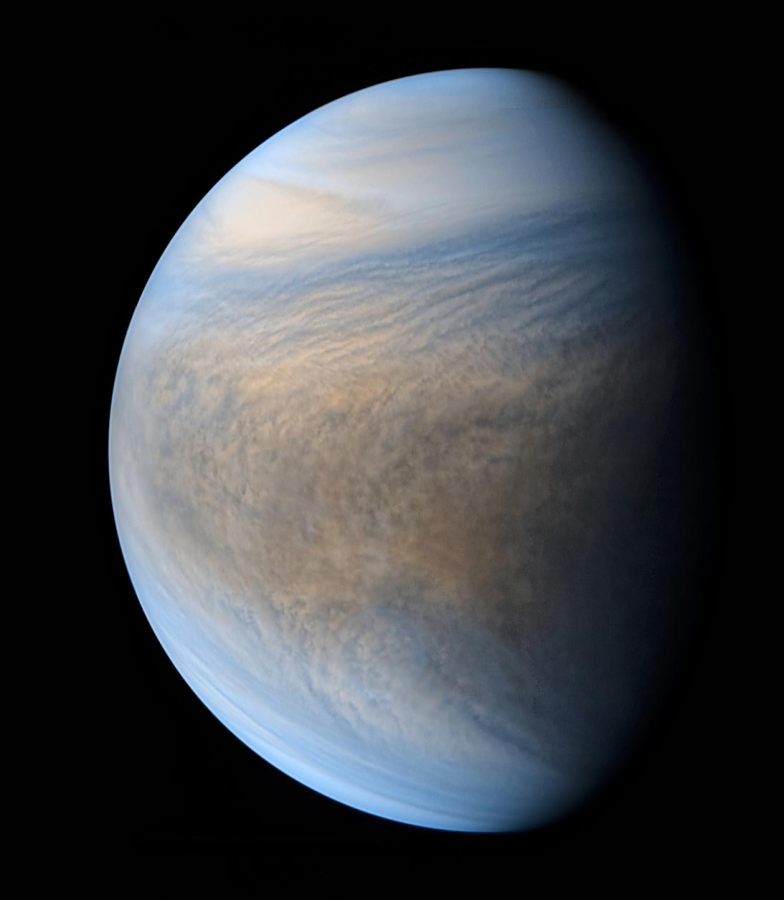Indications of Life on Venus Kindle Scientists’ Attention
October 15, 2020
On Monday September 14, astronomers disclosed discoveries heeding the presence of phosphine and suggesting signs of life on Venus. Phosphine, a gaseous molecule often rooted in microbes, was found in the planet’s inclement atmosphere, grabbing many astrobiologists’ excitement while leaving several skeptical. In spite of the controversy, many planetary scientists seek future missions to Venus’s atmosphere to reject or validate ambiguous hypotheses.
Microorganisms and geochemical activities, such as volcanoes, are responsible for making the molecules of phosphine on Earth. However, after ruling out all known geological explanations, Sara Seagers, an MIT scientist who contributed to the recent findings, claims the presence of life would best explain the occurring molecule. Although she emphasizes the uncertainty and the unknown surrounding Venus. Because of this uncertainty, astronomers and astrobiologists are eager to explore the planet’s atmosphere thoroughly via space probes.
Aside from Seagers, many astronomers also express excitement and enthusiasm about possibly furthering explorations on Venus. One scientist, Johannes Benkhoff, gives his crew’s reaction to the phosphine discovery, “When we heard about it, we were all excited and immediately looked if we [could] do something.” It turns out something can be done. In fact, missions to collect data from Venus are already underway.
BepiColombo- a team mission to Mercury by the European Space Agency and the Japan Aerospace Exploration Agency- plans to gather information on life through flight over Venus en route with their original course. Moreover, Rocket Lab, an aerospace company, is scheduled to put a satellite in proximity to the stormy planet in 2023. What exactly will come unearthed from these voyages is unforeseeable, but nevertheless knowledge on the planet, and space as a whole, is bound to expand.










